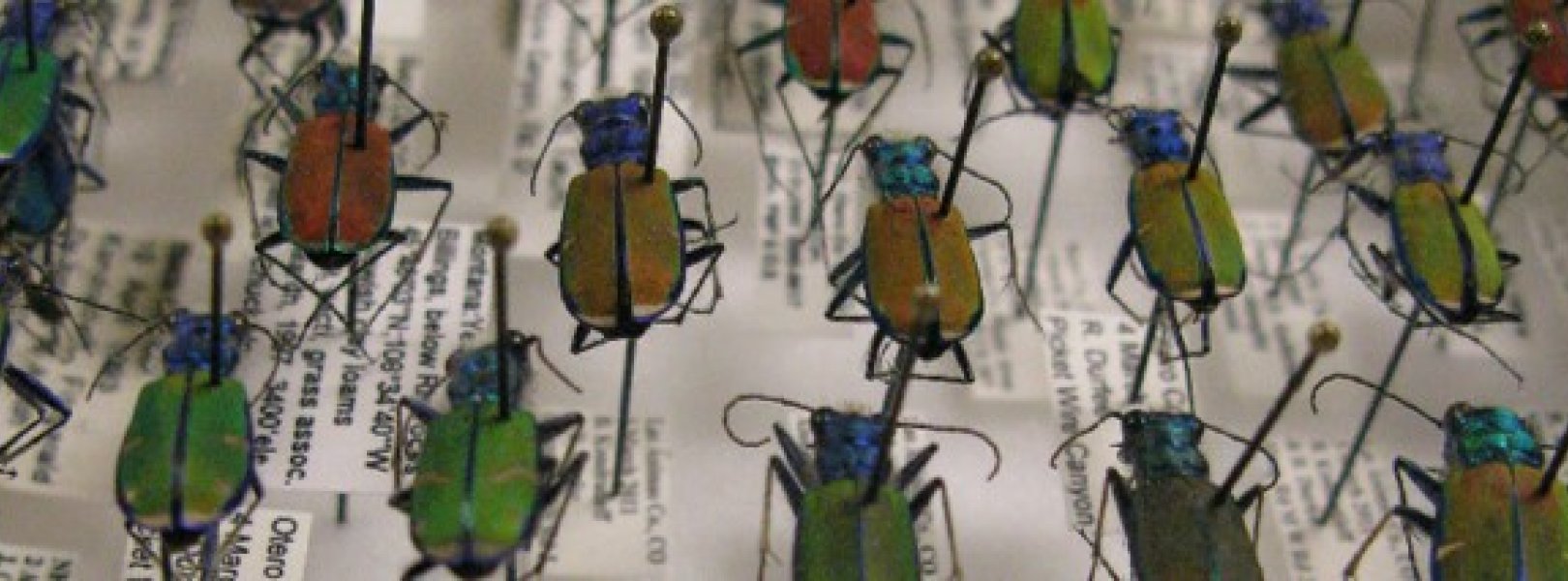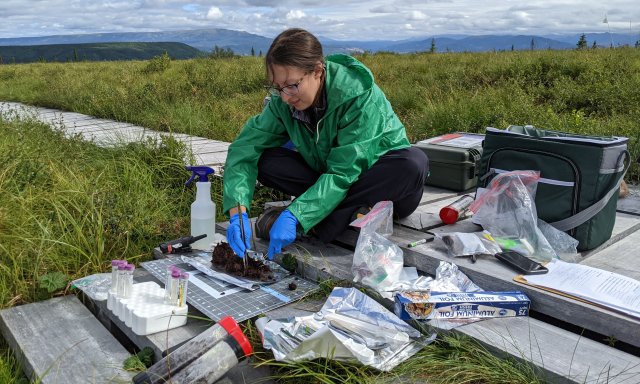Samples & Specimens

Each year, NEON collects and archives over 100,000 biological, genomic, and geological samples and specimens per year from terrestrial and aquatic sites. These samples and specimens complement the field observations and automated measurements collected at field sites. They represent a rich resource unique among natural history collections due to NEON’s scope for continental- and decadal-scale ecology. NEON’s archived samples are available upon request to support research studies and analyses. Samples are archived in a variety of collections around the country though the majority of samples are curated at the NEON Biorepository, managed by the Biodiversity Knowledge Integration Center (BioKIC) and Arizona State University’s Natural History Collections in Tempe, Arizona.
Discover and Use NEON Samples
Learn about what types of samples are archived, where they are housed, and how to find and request samples for your research.
Sample Types
We collect more than 200 sample types, including soils, organisms (whole and subsampled), and genomic extracts. Explore the types and quantities of samples that we archive.
Biorepository
The Biorepository is your primary source for browsing data related to samples and requesting loans.
Sample Explorer
This application will let you look up specific samples by their identifiers. It returns related samples and custody history.
Taxonomy Checklists
Our field ecologists use specific taxonomic checklists to classify organisms. Explore and download these lists here.
Spotlight on Soils

Megapit and Initial Characterization Soil Archives
During the construction of all terrestrial field sites, soils were collected across the sites as an initial characterization campaign. "Megapit" soils were collected from multiple horizons at a single soil pit that was up to 2 m deep, and up to 3.6kg of each horizon was reserved for future studies. "Initial Characterization" soil samples were collected at multiple locations across the sites, down to 1 m deep. These samples are available for your research.
Impact
Research Using NEON Samples and Specimens
NEON samples have been used in compelling, eye-opening work. Explore some of the most recent studies.